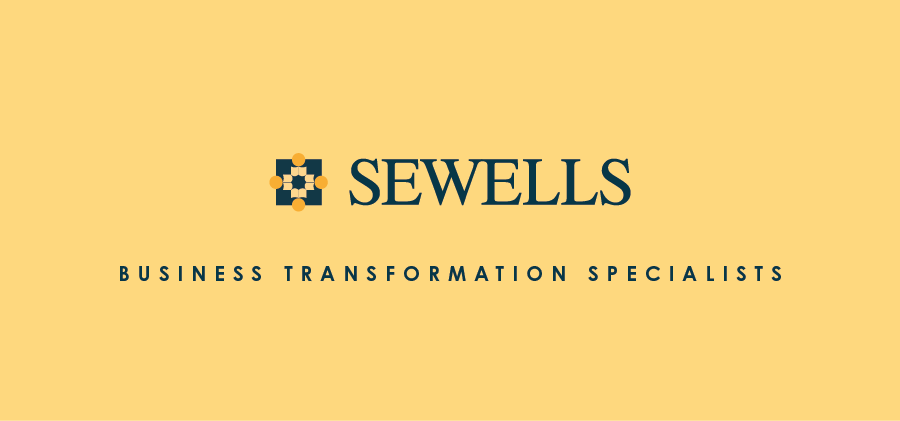What does successful change in your business or your team look and feel like for you?
What are the barriers to making it happen?
Asking the second question so often elicits the following responses…
“Time!”, “We’re drowning”, “There’s too much to do”, “I’m maxed out” “I’ve barely got time for the BAU (Business as Usual) activities let alone anything else.” “There’s just not enough hours in the day”.
Even when the changes leaders want to make are critical to the success of the business and are futureproofing it for the next generation, time to make changes comes up again and again in various formats.
We each have 168 hours every week. No more, no less. Unless you are/have androids working in your team, we simply can’t work the whole 168 hours a week! So how do we maximise the actual amount of time we have available to us for working, to make sure we are working on the right things?
If you are a leader who wants to grow and improve your business, that will inevitably mean things can’t stand still and you will need to make changes. Sometimes small ones … sometimes fundamental ones. But no matter what they are you will need to create the space to:
- Be clear about the end state you want. What are you expecting to be different? How will it look and feel when the change has happened? You need to be crystal clear on this (and communicate it frequently) if you expect your teams to get on board, particularly if all they can see is more work and a lot of effort.
- Plan the action. If you want to reach the end state, you have to have, and share, a plan for how to get there. People want to know what the journey means, otherwise, they think you don’t know and are “making it up as you go along”! And, whilst a plan won’t get you there – a plan is rarely completely followed as the unexpected often happens – but it will get you started.
- Clear some space for you and your people to align with and support the plan. If you and they feel overwhelmed and maxed out, we can guarantee, you’ll all carry on doing the activities you are currently most comfortable with doing. Change is hard and change when you are already full up is nigh on impossible.
Number 3 is just as critical as number 1 and 2. Many of us are guilty of putting “first things last” (Covey)… so even though we know we need to focus on futureproofing, we are too busy fighting fires.
The truth is, insanity is doing the same things again and again and expecting a different result.
What if you could create more space for the important stuff? The time to focus on the things that will really move you forward towards your change vision.
You will need a degree of discipline, focus, and to be a bit ruthless about what you can put aside.
I worked for an airline earlier in my career and during one particularly challenging period of time when horrific events shook the world and deeply impacted on the industry, the airline was haemorrhaging money daily…eye watering amounts. Something had to be done to staunch the flow and save the business.
Every dept was tasked with finding ways to stem the flow. And the activity below, really forced teams to assess what they were doing, and where they were putting their attention. It was a way of really getting people to evaluate the value of activities in the context of where we were trying to get to. I believe this activity was a major contributing factor in helping the business get back on its feet and thrive again.
You may not be experiencing the extreme situation in your business that we experienced in the airline, and you don’t need to wait for a crisis to use this model, but when we use this with clients, it makes a world of difference in helping them create space for change.

How serious are you about creating the space for change? There will never be enough time if we don’t reset and recalibrate in the context of the desired end state.
Or, in the words of Barack Obama, “Change will not come if we wait for some other person or some other time. We are the ones we’ve been waiting for.”

